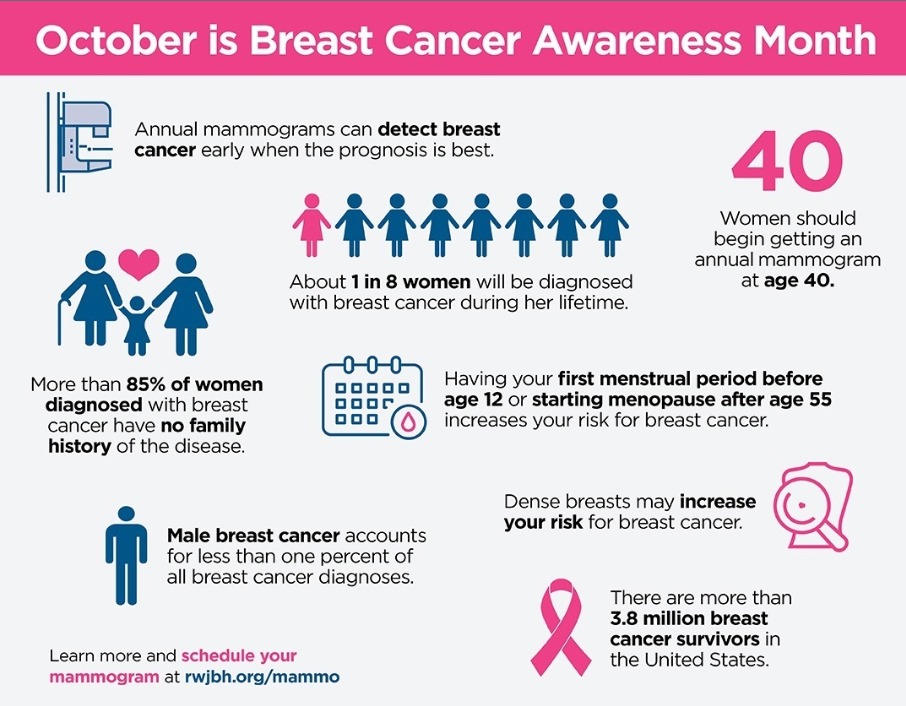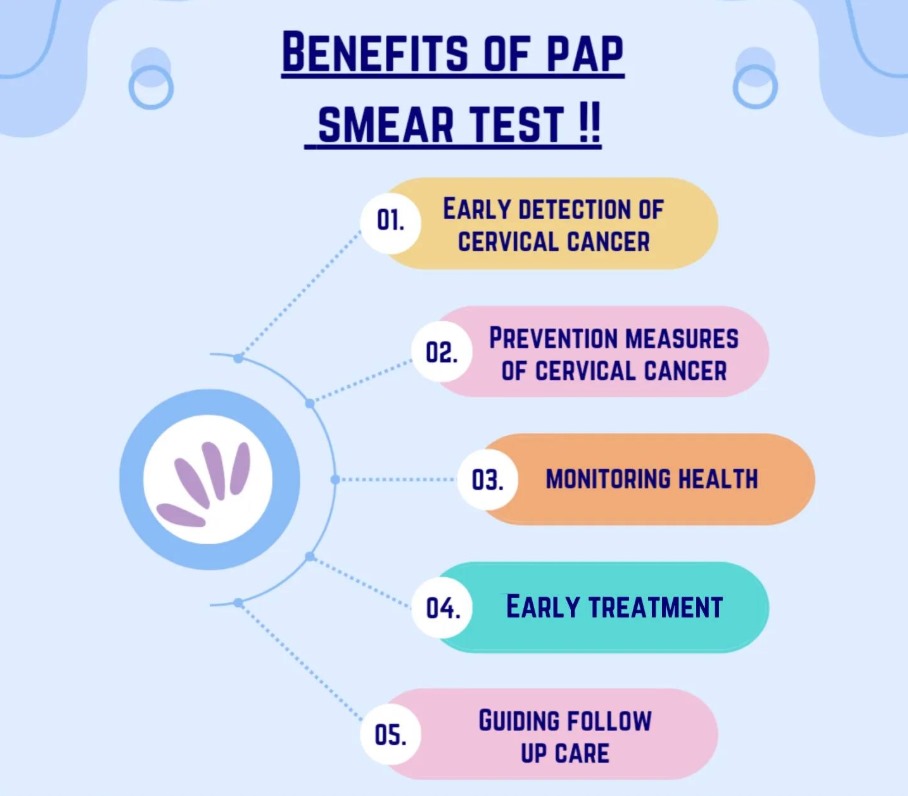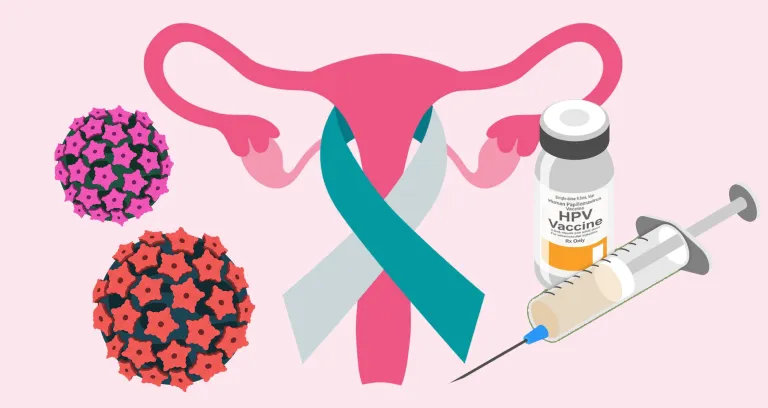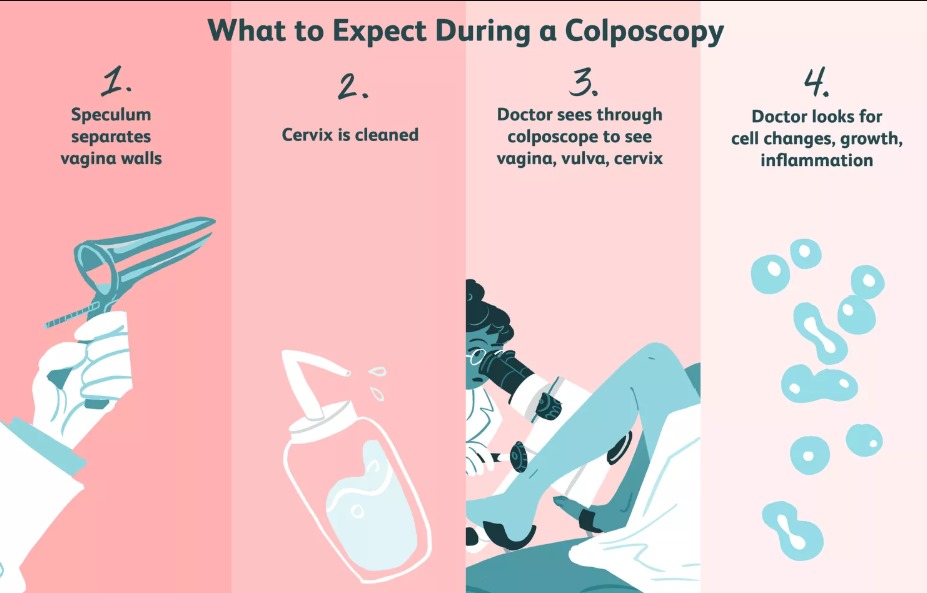Preventive Onco-Gynecology & Health Checkup
Mammography
Mammography is an X-ray imaging method used to detect early signs of breast cancer, often before physical symptoms develop. It’s particularly effective in identifying small tumors and abnormalities.
Learn More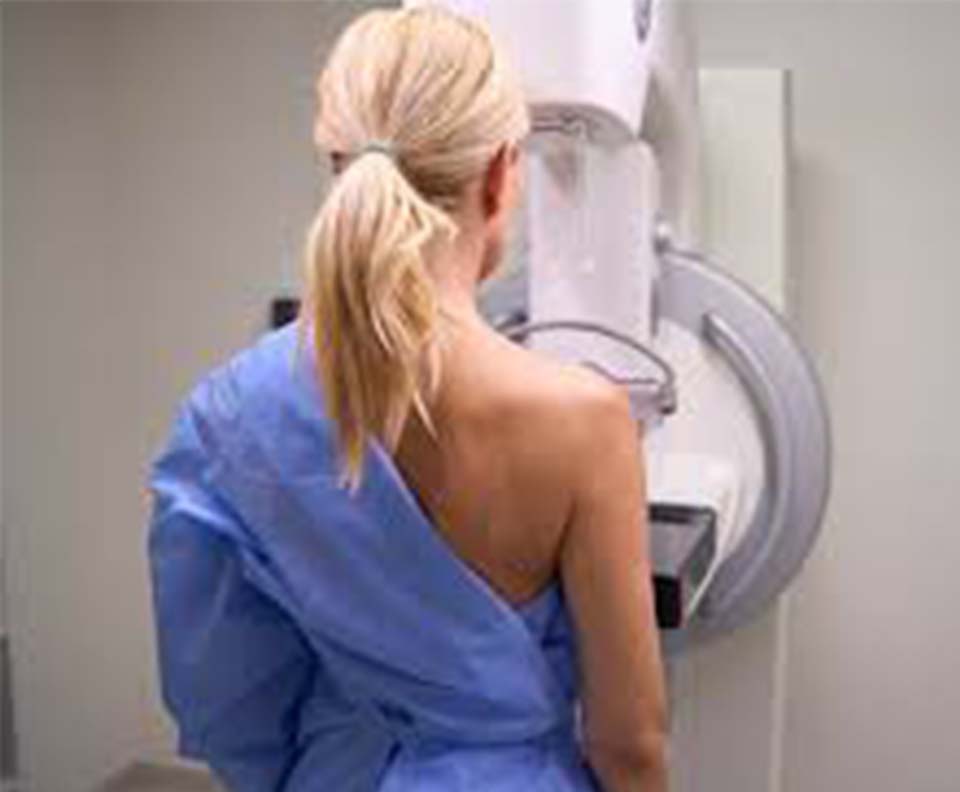

Pap Test
The Pap test (or Pap smear) screens for cervical cancer by detecting precancerous or cancerous cells on the cervix. It’s a vital test that has greatly reduced cervical cancer incidence.
Learn More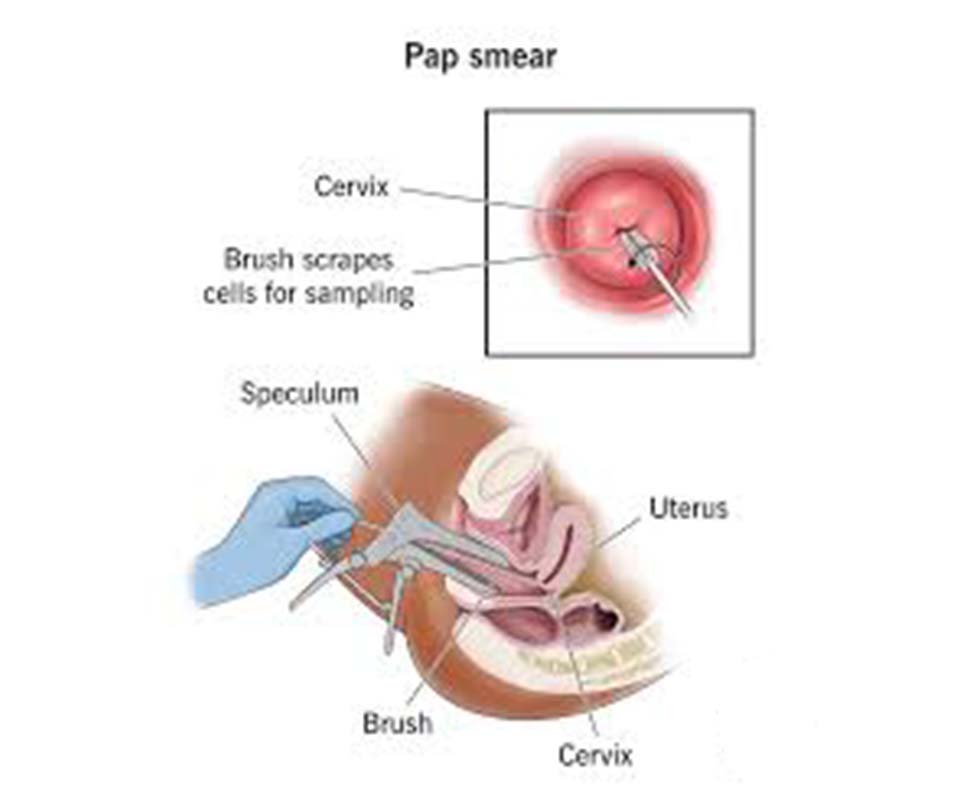

HPV Vaccination
The HPV vaccine protects against the most common strains of the human papillomavirus, particularly those linked to cervical cancer and other cancers (e.g., throat, anal).
Learn More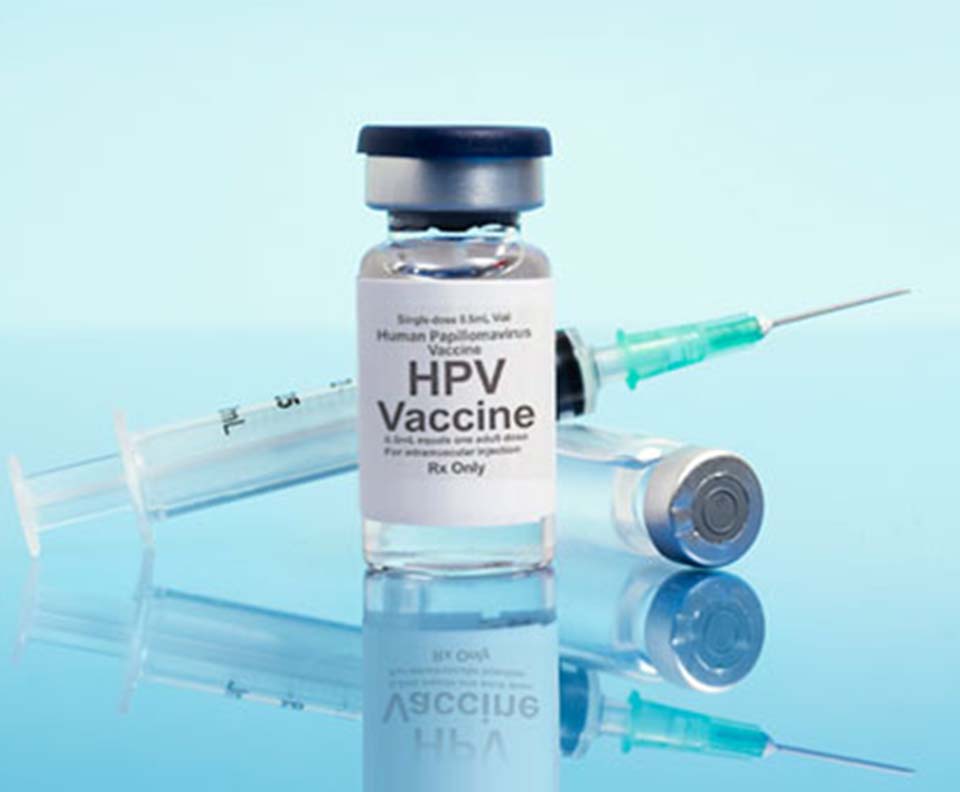

Breast Cancer Screening
Breast cancer screening is essential for detecting cancer at an early stage when it’s most treatable. In addition to mammography, clinical breast exams and self-exams play a role in ongoing breast health monitoring.
Learn More

Colposcopy
Colposcopy is a diagnostic procedure to closely examine the cervix, vagina, and vulva for signs of disease, often following an abnormal Pap test result.
Learn More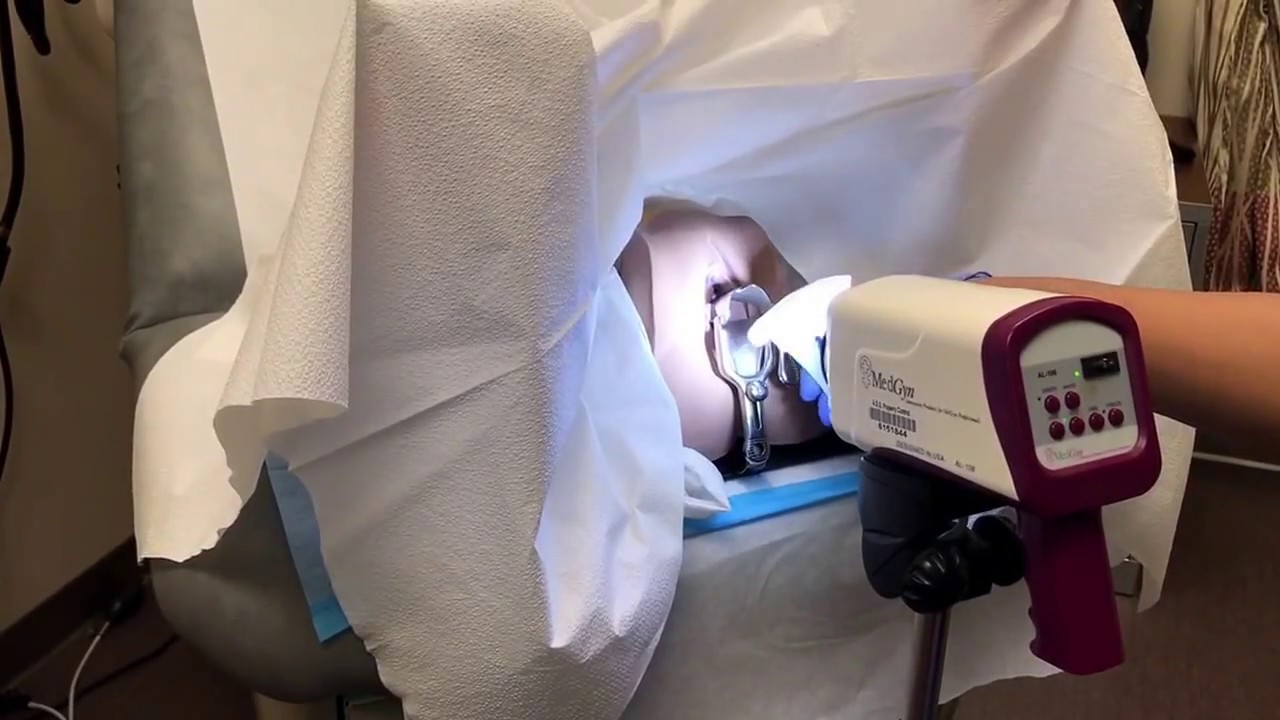



)





